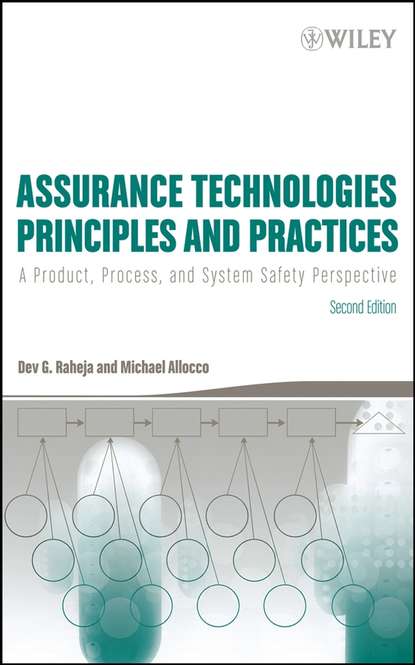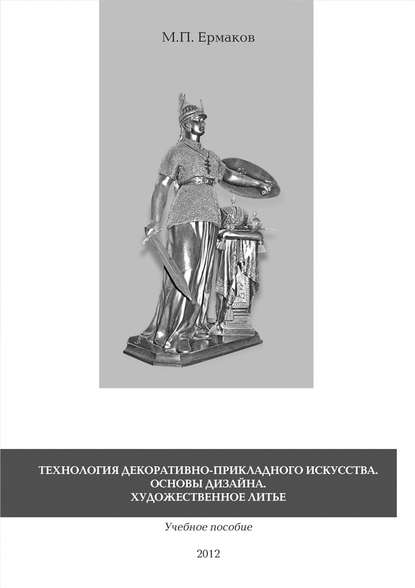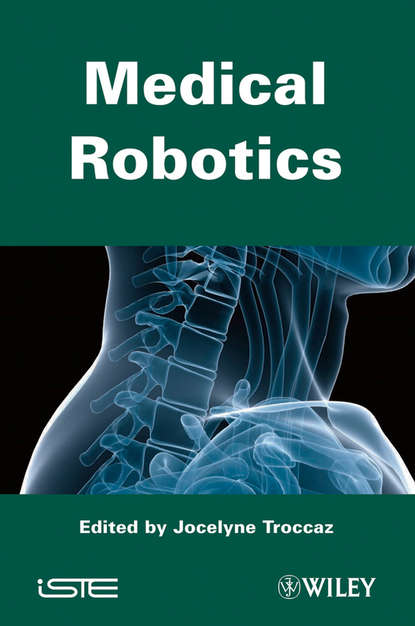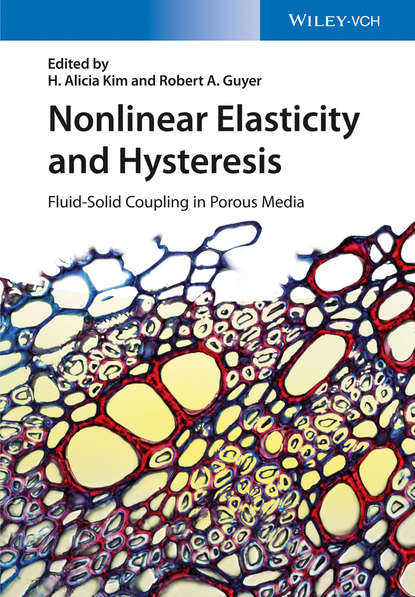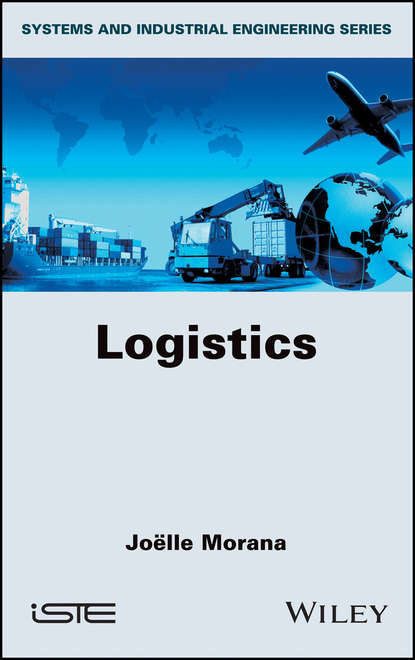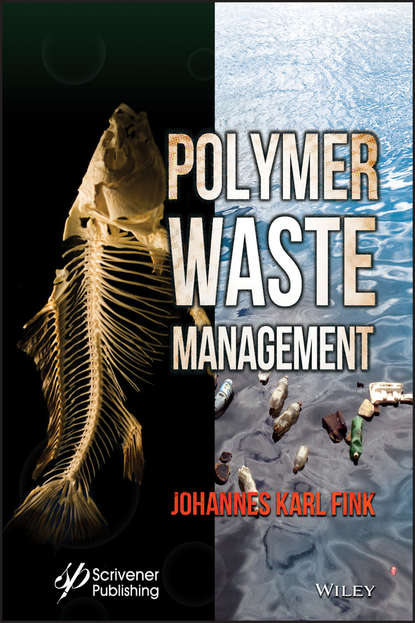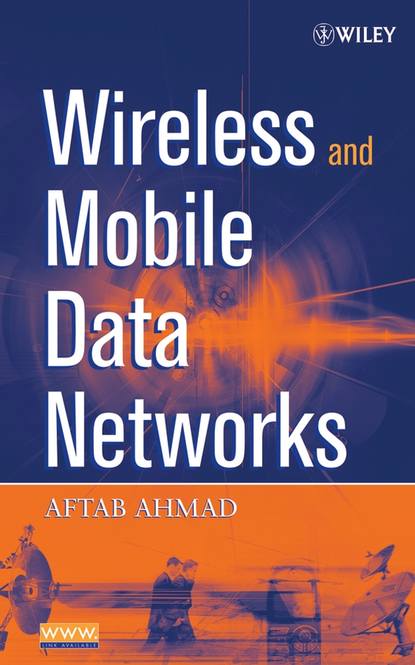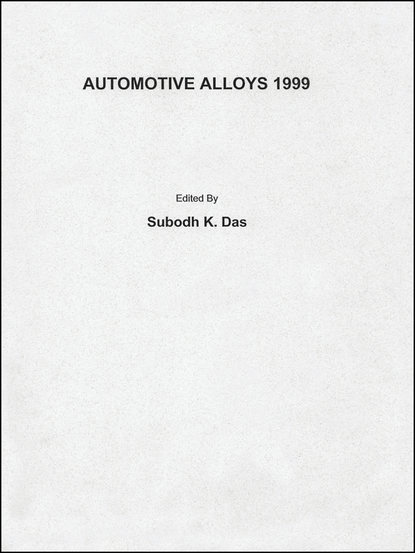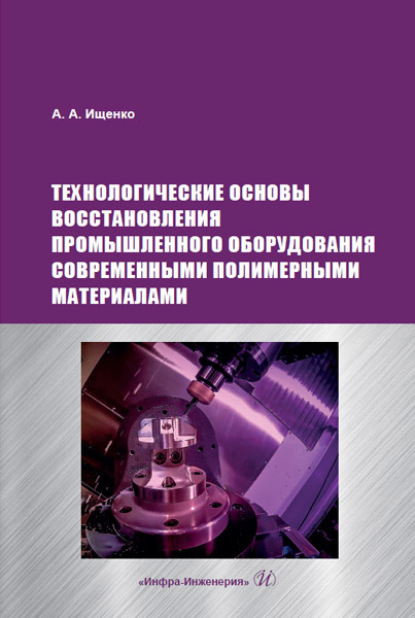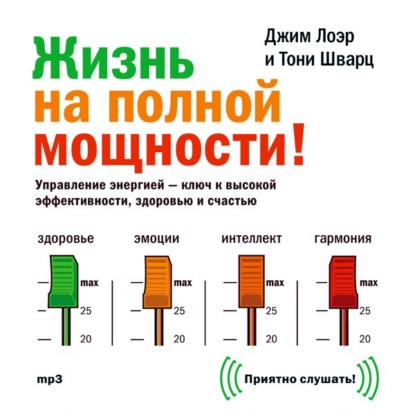Книга "Assurance Technologies Principles and Practices" является вторым изданием и включает в себя новый контент, примеры, методы, техники и лучшие практики. Авторы книги утверждают, что более шестидесяти процентов проблем в сложных системах возникают из-за неполных, неясных и плохо написанных спецификаций. В соответствии с убеждением авторов, безопасность - это не расходы, а превосходная инвестиция. Текст книги посвящен объединению различных дисциплин, которые необходимы для эффективного проектирования, включая безопасность системы, надежность, удобство обслуживания, человеческую инженерию, качество, логистику, целостность программного обеспечения и интеграцию системы. Книга содержит множество примеров, методов, техник и лучших практик, чтобы оставаться в соответствии с современными достижениями в области технологии обеспечения надежности. Книга является отличным учебным пособием для студентов промышленного и системного инжиниринга, инженеров-конструкторов, а также профессионалов в области безопасности, которым необходимы знания и навыки для устранения проблем в сложных проектах и обеспечения безопасности продуктов, процессов и систем.
Электронная Книга «Assurance Technologies Principles and Practices» написана автором Michael Allocco в году.
Минимальный возраст читателя: 0
Язык: Английский
ISBN: 9780470009413
Описание книги от Michael Allocco
The Second Edition features new content, examples,methods, techniques, and best practices Assurance Technologies Principles and Practices is based on the assertion that safety is not a cost, but an excellent investment. According to the authors, more than sixty percent of problems in complex systems arise from incomplete, vague, and poorly written specifications. In keeping with the authors' passion for safety, the text is dedicated to uniting the gamut of disciplines that are essential for effective design applying assurance technology principles, including system safety, reliability, maintainability, human engineering, quality, logistics, software integrity, and system integration. Readers familiar with the first edition of this text will recognize all the hallmarks that have made it a classic in its field. The Second Edition features a host of new examples, methods, techniques, and best practices to bring the text fully up to date with the state of the art in assurance technology. Much new content has been added as well, including four new chapters: Managing Safety-Related Risks Statistical Concepts, Loss Analysis, and Safety-Related Applications Models, Concepts, and Examples: Applying Scenario-Driven Hazard Analysis Automation, Computer, and Software Complexities The text begins with an introduction and overview of assurance technology. Next, readers are provided with fundamental statistical concepts. The chapters that follow explore in depth the approaches and disciplines that make up assurance technology applications. Each chapter is organized into major phases-design, manufacturing, test, and use phase-that help readers understand both how and when to apply particular measures. Throughout the text, readers discover detailed examples that prepare them to manage real-world challenges. References and further reading are provided at the end of each chapter leading to more in-depth discussion on specialized topics. With its extensive use of examples and highly structured approach, this is an excellent course book for students in industrial engineering, systems engineering, risk engineering, and other assurance technology domains. Design and system engineers as well as safety professionals will find the material essential in troubleshooting complex projects and ensuring product, process, and system safety.
